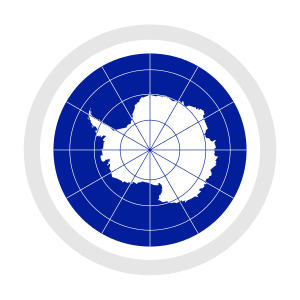Wilkes Land

Wilkes Land is a large district of land in eastern
Geography
Wilkes Land fronts on the southern
Subdivisions

It is further subdivided in the following coastal areas which can also be thought of as sectors extending to the South Pole:
- Knox Coast: 100°31' E to 109°16' E
- Budd Coast: 109°16' E to 115°33' E
- Sabrina Coast: 115°33' E to 122°05' E
- Banzare Coast: 122°05' E to 130°10' E
- Clarie Coast: (Wilkes Coast) 130°10' E to 136°11' E
In a wider sense, Wilkes Land extends further East to Point Alden in 142°02' E, thereby including Adélie Land, which is claimed by France.
Name

Wilkes Land is named after Lieutenant Charles Wilkes (later a rear admiral), the American explorer who commanded the 1838–42 United States Exploring Expedition. The naming is in recognition of Wilkes' discovery of the continental margin over a distance of 2,400 km (1,500 miles) of coast, thus providing substantial proof that Antarctica is a continent.[1] This definition of extent excludes the area east of 142°02' E, George V Land, which was sighted by Wilkes but has been shown by later expeditions to be further south than the positions originally assigned by him.
Geology

In 2006 a team of researchers led by
In popular culture
Wilkes Land is featured prominently in the 1998 film
See also
References
- ISBN 0520025571.
- ^ Gorder, Pam Frost (June 1, 2006). "Big Bang in Antarctica — Killer Crater Found Under Ice". Research News.

